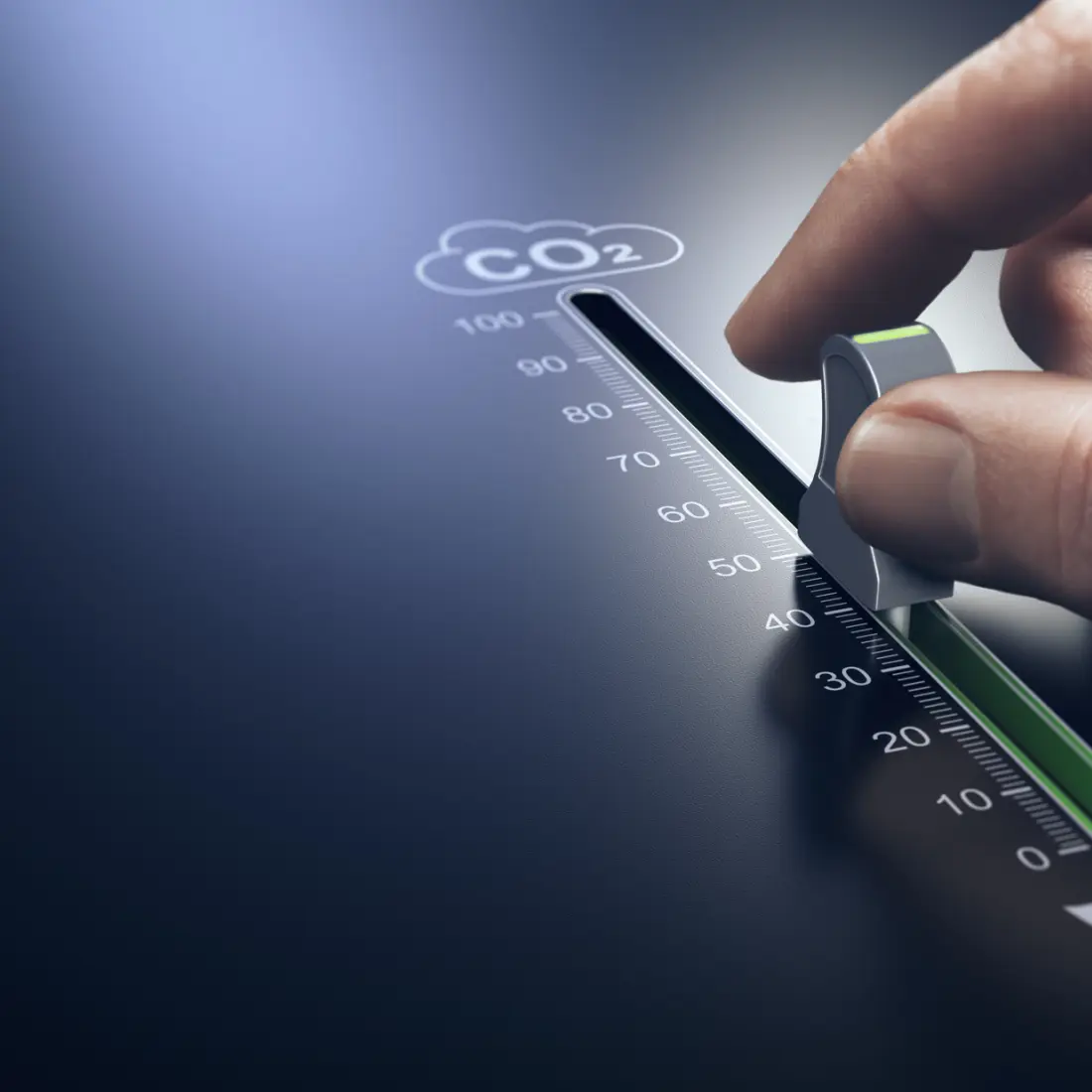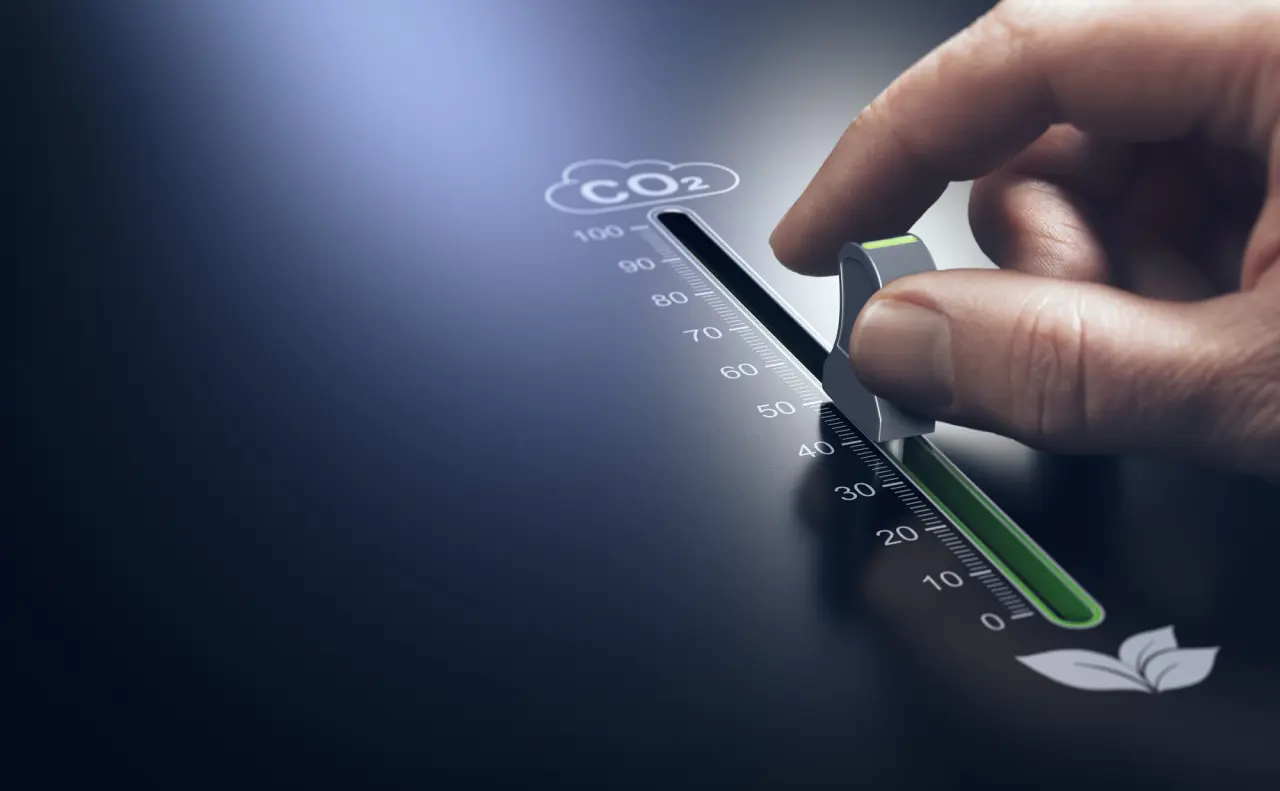6 alternatives to carbon credits for the environmentally conscious company


Attempting to be environmentally conscious as a business isn’t as clear-cut as it may seem. There are stringent guidelines that you must follow, and many you must set yourself according to your unique business processes. With well-known instances of overpromising and underperforming, people are more attuned to greenwashing.
Sustainable business practices are attainable with mindful planning and many companies choose to use carbon offsets in an attempt to balance their environmental impact. However, it’s crucial to understand the nuances of carbon offsets to implement them — or their alternatives — correctly.
The goal of carbon offset credits
Carbon offsets refer to any efforts to reduce greenhouse gas emissions externally. In other words, you compensate for emissions produced by your company. Offset credits can be purchased to decrease your carbon footprint. This is how many companies claim that they are carbon-neutral — the amount of emissions created is equal to the amount of offset credits they have bought.
This can be advantageous as a way to have tangible measurements to verify your environmental impact. However, these claims only hold weight when they adhere to rigorous guidelines.
Potential problems with carbon credit schemes
Purchasing carbon credits seems like an easy way to “cancel out” your business processes’ negative impact on the environment. Suddenly, it doesn’t matter if you are using extra fossil fuels for frequent travel or heavy machinery. In reality, it’s not that straightforward. When deciding whether to buy carbon offsets, it’s important to analyze their quality.
A typical offset credit is equal to one metric ton of carbon dioxide that would have been released into the atmosphere. The type of offset activity varies. The most common carbon credit program is reforestation. You’ve likely seen at least one initiative that promises to plant a tree for every donation. Not all activities, though, are created equal — and some may exist to scam purchasers.
Some issues that can make carbon offset purchasing fraudulent — or, at the very least, not very helpful — include:
Negating a carbon offset, such as the sale of a plot of land being used for planting trees but also for logging, canceling out the good that is purportedly being done;
Giving the false permission to continue or ramp up pollution and abandon efforts to reduce emissions;
Double-counting carbon credits, or purchasing a carbon credit to offset their emissions and reselling it as if it has not already been used;
Overestimating emission reductions, which may lead to false claims by the carbon offset seller and, thus, the company purchasing the credits;
Selling credits using blockchain technology, which leads to further complications with the addition of blockchain’s environmental footprint.
Ultimately, all of these activities lead purchasers to believe they are helping the environment when they aren’t. These carbon offset schemes are avoidable, but you must understand the actual impact of carbon emissions and how to vet these companies that are selling credits. This isn’t to say that you can’t buy carbon offset credits, but they shouldn’t be your first line of defense.
Other options besides purchasing credits
Carbon offset credits aren’t the only way to reduce your organization’s carbon footprint. Measure your sustainability periodically to see how you are stacking up with your environmental goals, and consider adding some of the following alternatives to carbon credits to your plan along the way.
Work toward supply chain sustainability
One of the biggest contributors to climate change is supply chains. Supply chain emissions often make up over 90% of a company’s total creation of greenhouse gases. This makes your supply chain a smart place to start when coming up with your organization’s environmental improvement plan.
Your supply chain includes everything from a product’s inception to its arrival at the doorstep of your consumers. This process transfers many different hands, including a network of suppliers, manufacturers, wholesalers, shipment partners, and any other organization that helps your end product come to life. This entire process has room for improvement when it comes to reducing environmental impact. This will vary depending on your unique industry and processes, but there are tips you can follow to improve your supply chain sustainability:
Source responsibly, including energy, water, and materials from local and ethical suppliers.
Find places in your processes that can cut back on energy use or emissions.
Reduce, reuse, and recycle as much as possible.
Use alternative fuel and modes of transportation, whether through your entire fleet or partnering with a shipping company that prioritizes fuel efficiency.
Switch to sustainable packaging, using recycled and biodegradable materials.
These smaller initiatives to make your products greener will make it easier to manage, track, and report findings. Be transparent about these efforts to your audience of potential and current partners and consumers. Doing so will give them confidence that you aren’t waiting around and biding time by buying carbon credits — you’re being proactive about your impact on the environment.

Purchase or produce more renewable energy
Part of responsible supply chain management is procuring renewable energy from ethical sources. While you can purchase this, you can cut out the middleman, drive down costs, and more directly impact the environment positively by producing your own renewable energy.
If you obtain a renewable energy certificate (REC), you can save money on this energy production as well as track your progress. This on-the-grid method cuts down the costs you would need to set up your off-grid energy production, and it makes the widespread adoption of renewable energy much more feasible. You can even purchase directly from projects that have RECs and have met the rigorous guidelines, giving you peace of mind that your energy is being sourced responsibly.
Solar power production can also be cost-effective if you can implement that into your operations model. You can place solar panels on the roofs of buildings you own or in a solar ground array on any owned or leased land. Solar or wind power cuts down on the amount of greenhouse gas emissions produced by traditional electricity. You can even sell the renewable energy you produce if you end up having excess.
Reduce the carbon footprint of buildings
While carbon emissions from buildings dramatically reduced during the COVID-19 pandemic, they’ve since resurged. Existing buildings and new construction produce emissions reached record highs in 2021, even with energy efficiency initiatives in place. To stop contributing to this destruction via construction, it’s imperative to focus on using:
Remote or hybrid work setups;
Sustainable, ethically sourced building materials;
Smart design that reduces energy use, such as automated temperature control;
Durable construction methods that are long-lasting, even with the effects of extreme weather from climate change.
A big move on the horizon is for buildings to undertake a zero-energy or net-zero-energy initiative. If your building produces enough renewable energy to meet its energy requirements, it is considered a zero-energy building. This coupled with the aforementioned tips for responsible construction can lessen the impact your company buildings have on the environment.
Circular economy practices
A circular economy aims to extend the lifecycle of materials, services, and products. Your business can tap into this paradigm by taking another in-depth look at your supply chain management. The idea is that everything will come full circle at some point in the life of your products. This is made possible by:
Reducing the toxicity of your products and processes;
Reducing waste production;
Planning for end-of-life product management;
Sourcing responsible, long-lasting raw materials;
Finding a way to return materials to the earth in a positive way such as composting.
Not only does this further streamline your supply chain sustainability, but it saves you money in the long run from having to constantly maintain and re-up supplies and materials.
Sustainable finance strategies
Adopting green financing options, like green bonds or sustainable loans, can not only attract environmentally conscious investors but also demonstrate a commitment to corporate social responsibility. Additionally, you can enhance transparency by reporting on the environmental impact of your financial activities, contributing to a more sustainable and resilient global economy.
Manage carbon offsets directly
It’s possible for you to ethically manage your company’s carbon offsets rather than solely relying on external credits. One approach involves investing in internal emissions reduction projects, such as energy-efficient technologies or reforestation initiatives. By accurately measuring and monitoring emissions, you can develop a robust carbon offset strategy without having to worry about shady practices from third parties.
Ethical considerations should include transparency in reporting, ensuring that the chosen offset projects genuinely contribute to emissions reductions, and engaging with stakeholders to garner feedback and support. You can even start your own reforestation project and track the results. Self-managing carbon offsets not only aligns with environmental goals but also underscores an organization-wide commitment to accountability and sustainability.
Bottom line: Carbon credits are only one option of many
While reducing your company’s carbon footprint doesn’t have one cookie-cutter solution, there are a variety of avenues that you can take to get optimal results. If you strive to be a carbon-neutral company, the steps you take — no matter how small — add up in a big way.